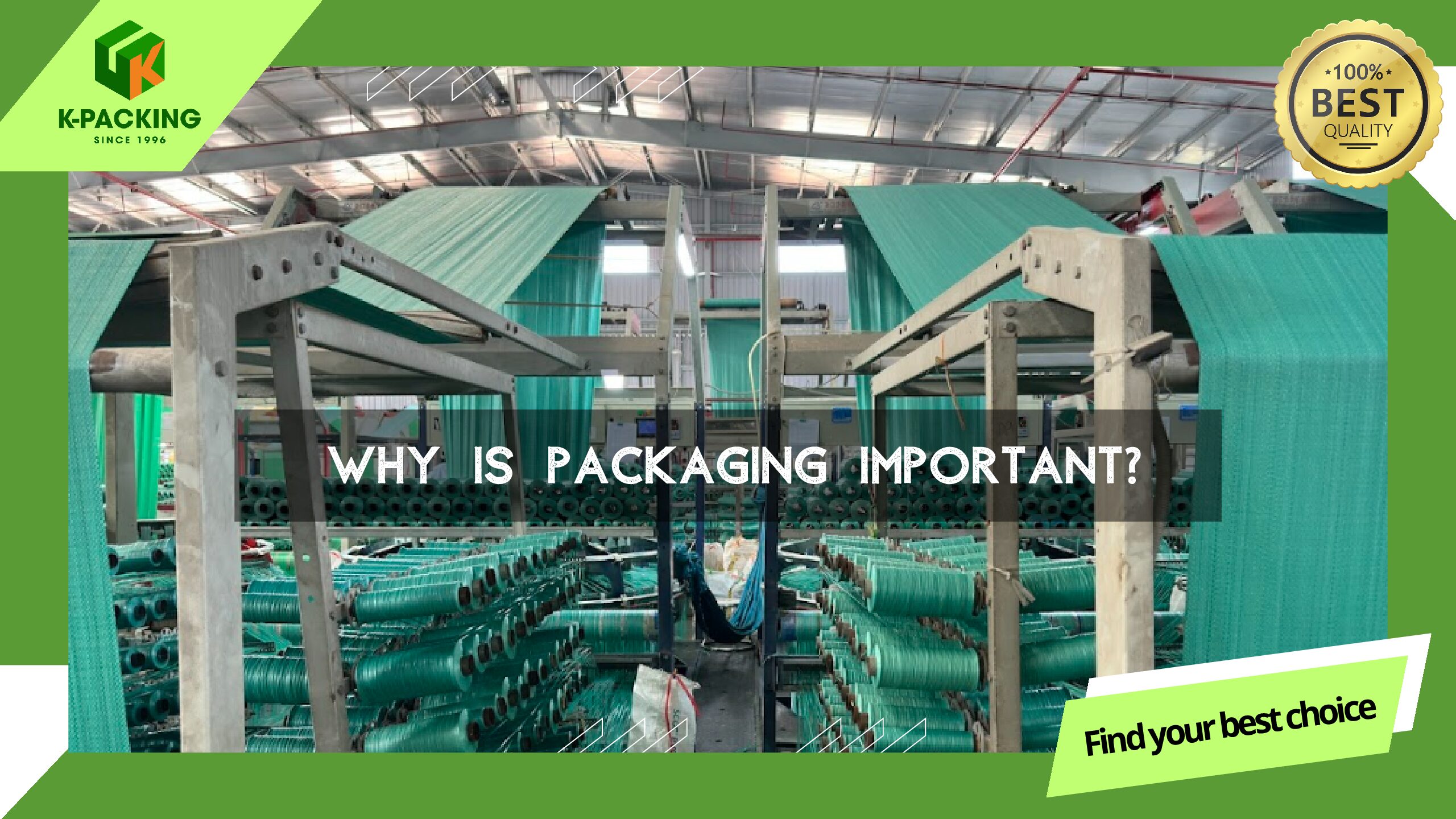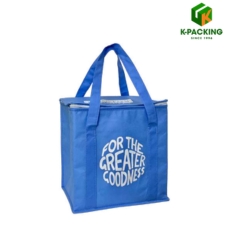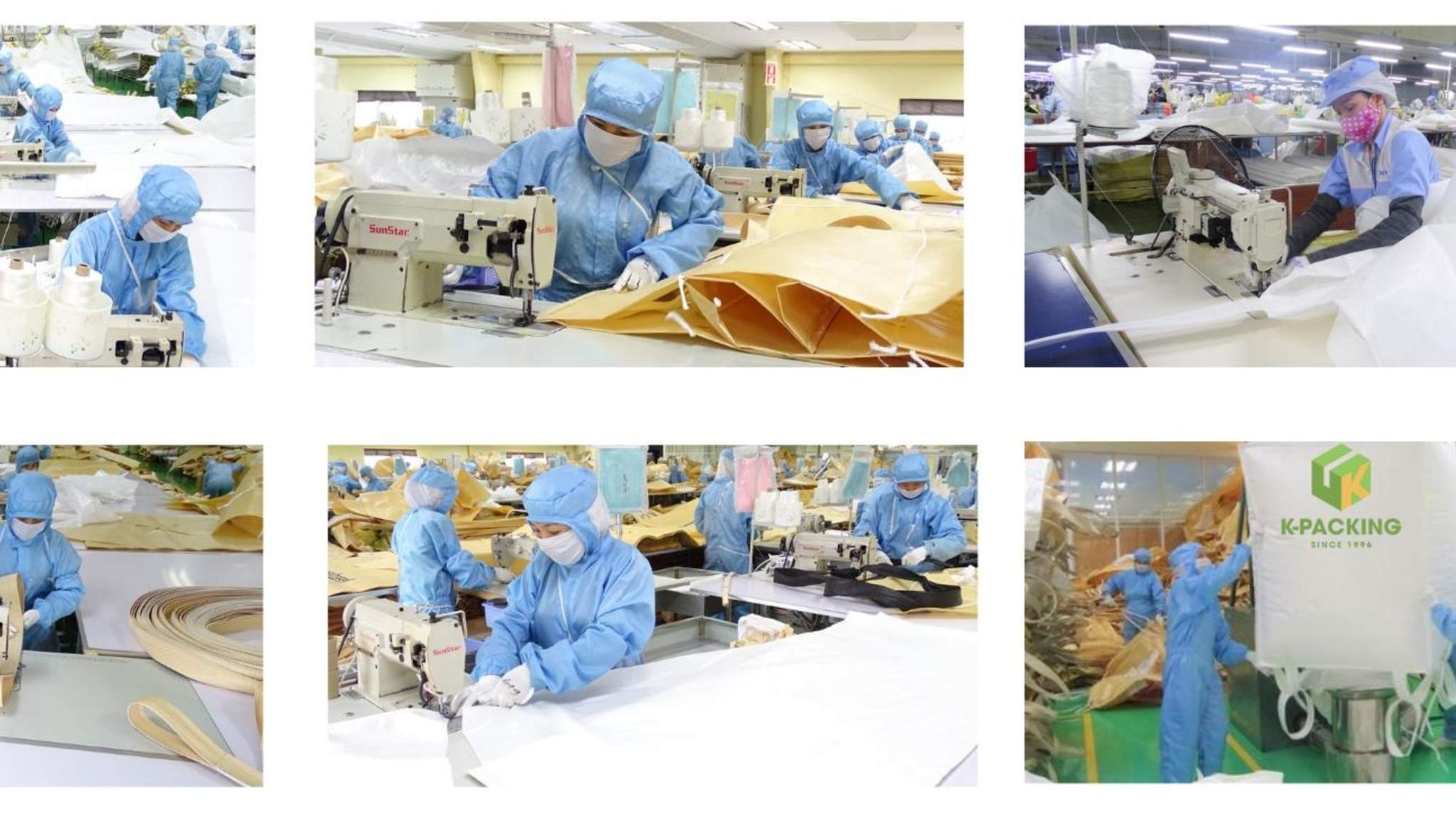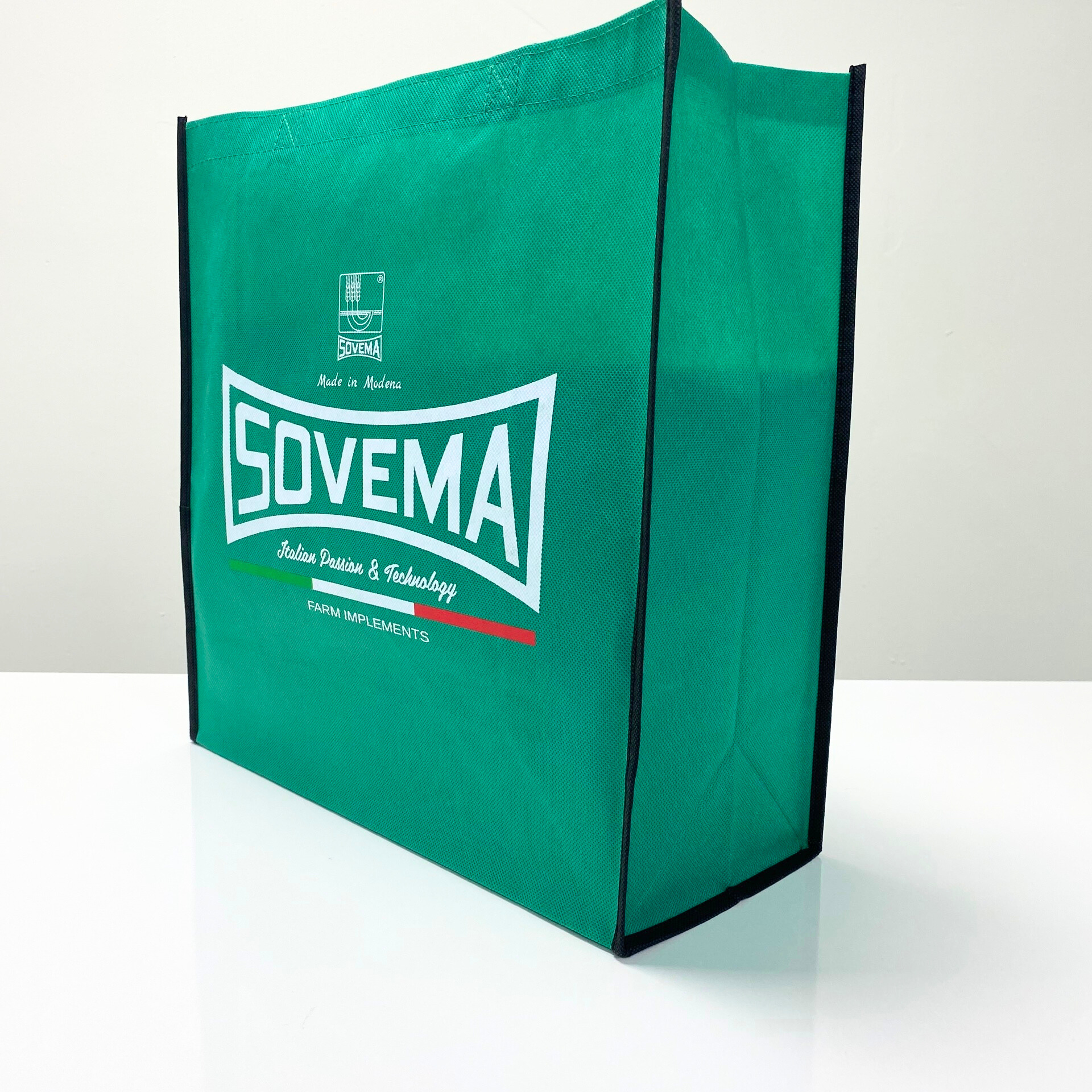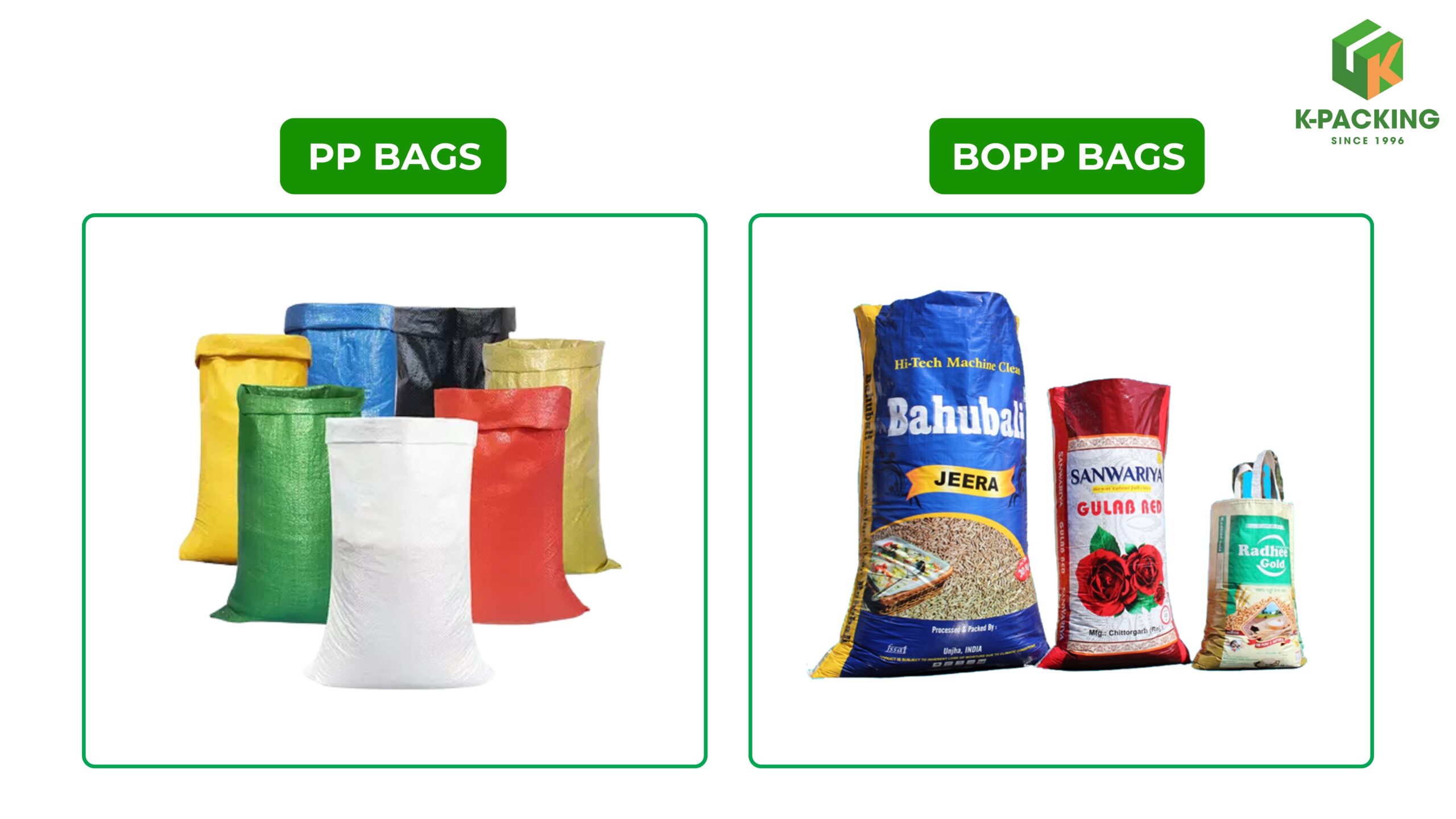In healthcare, temperature control is critical not only for vaccines but also for insulin, blood samples, and biological products. Many of these items lose potency or become unsafe if exposed to conditions outside the recommended range. According to the Centers for Disease Control and Prevention (CDC), even a single freeze at 0°C or a short rise above 8°C can damage their integrity and endanger patients.
Cooler bags provide a simple yet reliable solution. Built with insulation layers, leak-proof linings, and cooling elements, they can keep products stable between 2–8°C for 6–8 hours during transport. Advanced models add tamper-evident locks and digital data loggers, ensuring full security and compliance with healthcare standards.
For hospitals, laboratories, and pharmaceutical companies, the benefits are clear: reduced product losses, improved operational efficiency, and stronger trust from patients and partners. The following sections will show in detail how cooler bags help protect medical and pharmaceutical products safely and effectively.

1. Choosing the right medical cooler bags
Not every cooler bag is safe for medical use. Unlike standard food bags, medical cooler bags must meet strict healthcare standards. Many healthcare products – from vaccines and insulin to blood samples and biologicals – must stay between 2°C and 8°C at all times. Even a single exposure to freezing at 0°C or below can permanently damage their effectiveness.
To achieve this, medical cooler bags are designed with multi-layer insulation and leak-proof inner linings. They also include compartments for conditioned gel packs or PCMs that stabilize the internal temperature around 4–5°C.
Security is another key factor. Many medical cooler bags use tamper-evident locks and integrate digital data loggers. These loggers track the temperature during transport, giving healthcare providers proof that the cold chain has been maintained.
The right bag depends on usage. Smaller cooler bags are often used for insulin doses or lab samples, while large-capacity, WHO- or UN-certified models are needed for vaccine campaigns and bulk pharmaceutical distribution. Choosing correctly means balancing product type, journey length, and compliance requirements.
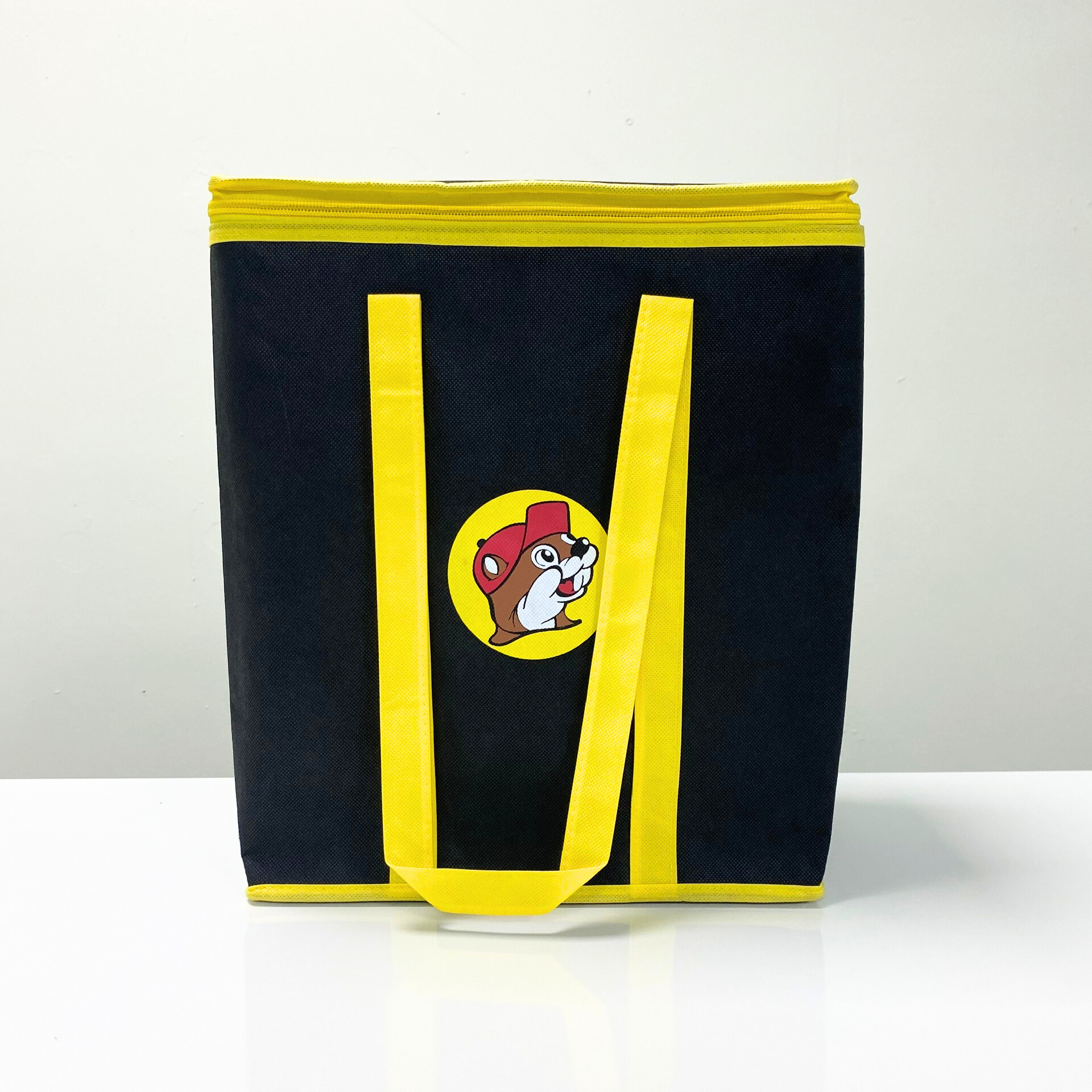
2. Preparing medicines and samples before packing
Before packing, all temperature-sensitive medicines must be stabilized within the correct range. Products such as vaccines and insulin need to be pre-conditioned at 2–8°C before leaving storage. Biological samples, including blood, tissue, or plasma, should be sealed in sterile, leak-proof containers with a secondary protective layer to prevent spills.
Cooling packs also require preparation. Frozen gel packs must be thawed until they reach about 4–5°C before use. If placed inside while still frozen solid, they can cause accidental freezing, which is one of the leading causes of product spoilage.
Once conditioned, the packs are arranged around the medicines or samples to create a stable cooling zone. To avoid direct freezing damage, items must not touch the packs directly. A thin barrier such as cardboard or bubble wrap is recommended.
By following these steps, medical cooler bags can maintain the required 2–8°C range for 6–8 hours. Transport plus on-site use should generally not exceed 8 hours, unless otherwise specified by the manufacturer.
3. Packing process and sealing
Packing must follow strict cold chain procedures. Every step of handling medicines and biological products should minimize the risks of temperature fluctuation, contamination, or tampering. This makes the packing process just as critical as storage.
When filling medical cooler bags, items should be placed inside insulated liners to reduce air exchange. Between the products and the cooling packs, barriers such as cardboard or bubble wrap should be added. This ensures that products remain cold without being exposed to direct freezing.
To improve traceability, many healthcare facilities use digital data loggers inside the bag. These devices continuously record internal temperature and generate reports. If any deviation occurs outside the 2–8°C range, the shipment can be flagged immediately, preventing unsafe products from reaching patients.
After packing, the cooler bag must be closed securely. Standard zippers may be enough for short trips, but for vaccines or high-value medicines, tamper-evident seals or combination locks are strongly recommended. These prevent unauthorized access and support chain-of-custody documentation, which is required in many countries.
Finally, clear labeling is essential. Each cooler bag should display the product name, batch number, and handling instructions. This ensures proper treatment during customs checks, hospital storage, or laboratory use. Careful packing and sealing protect both the integrity of the products and compliance with healthcare standards.
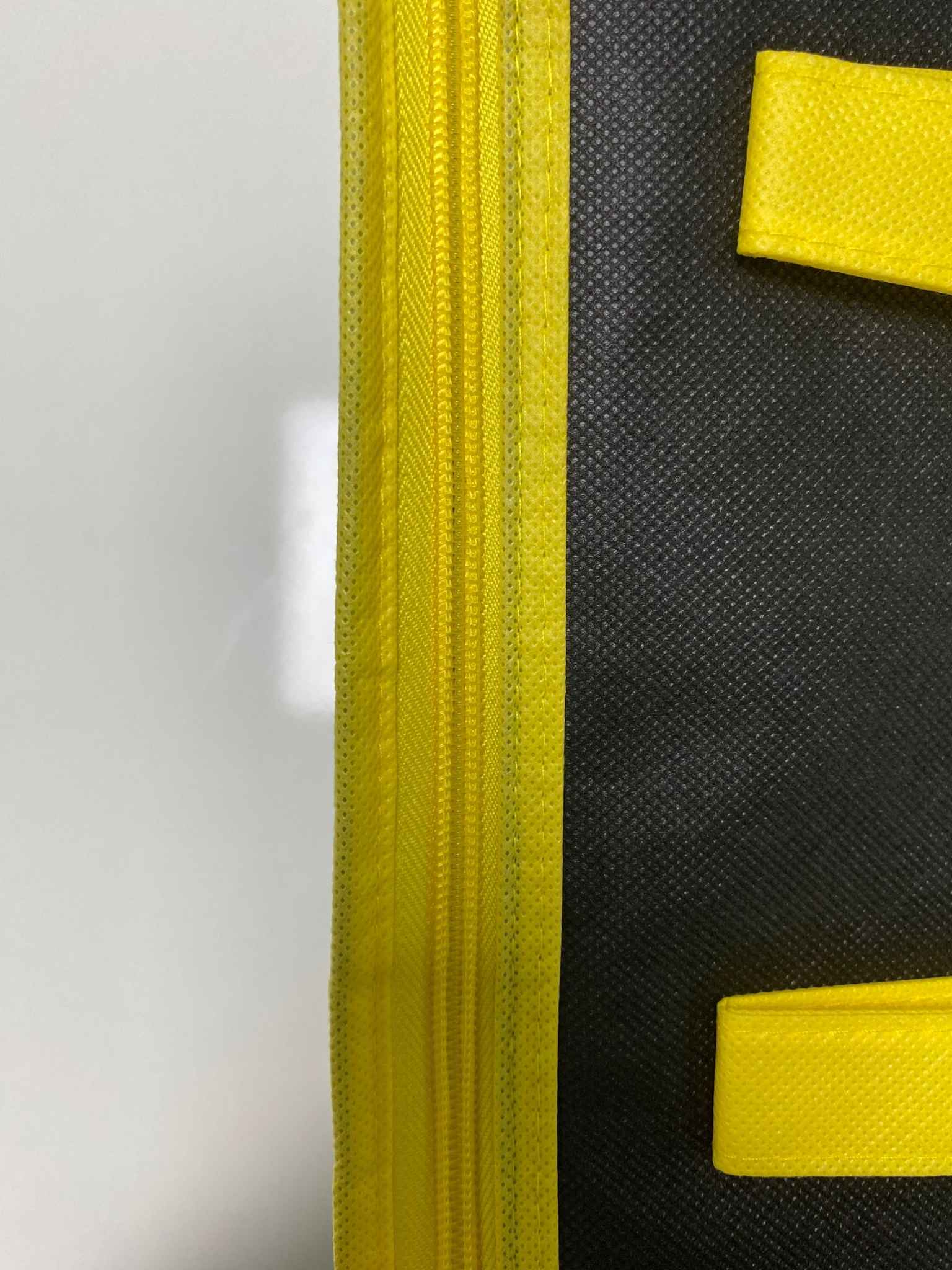
4. Storage and handling
Medical cooler bags can only perform well if they are stored and maintained correctly. In fact, mishandling storage equipment is one of the main reasons why vaccines and temperature-sensitive medicines lose potency each year.
When not in use, cooler bags should be kept in a clean, temperature-controlled area, away from direct sunlight or heat sources. Many hospitals and laboratories pre-cool their bags before use so they are ready for urgent transport at any time.
After each trip, cooler bags must be cleaned with medical-grade disinfectants. The inner lining and compartments should be wiped thoroughly and dried completely before storage. This prevents cross-contamination between different medicines or samples.
Physical handling is just as important. Bags should never be dragged, stacked under heavy loads, or filled beyond their capacity. Staff training ensures that every bag is handled consistently, extending its lifespan and protecting the valuable products inside.
By following proper storage and handling practices, healthcare providers reduce the risk of product loss, maintain safety, and guarantee that medicines reach patients in their intended condition.
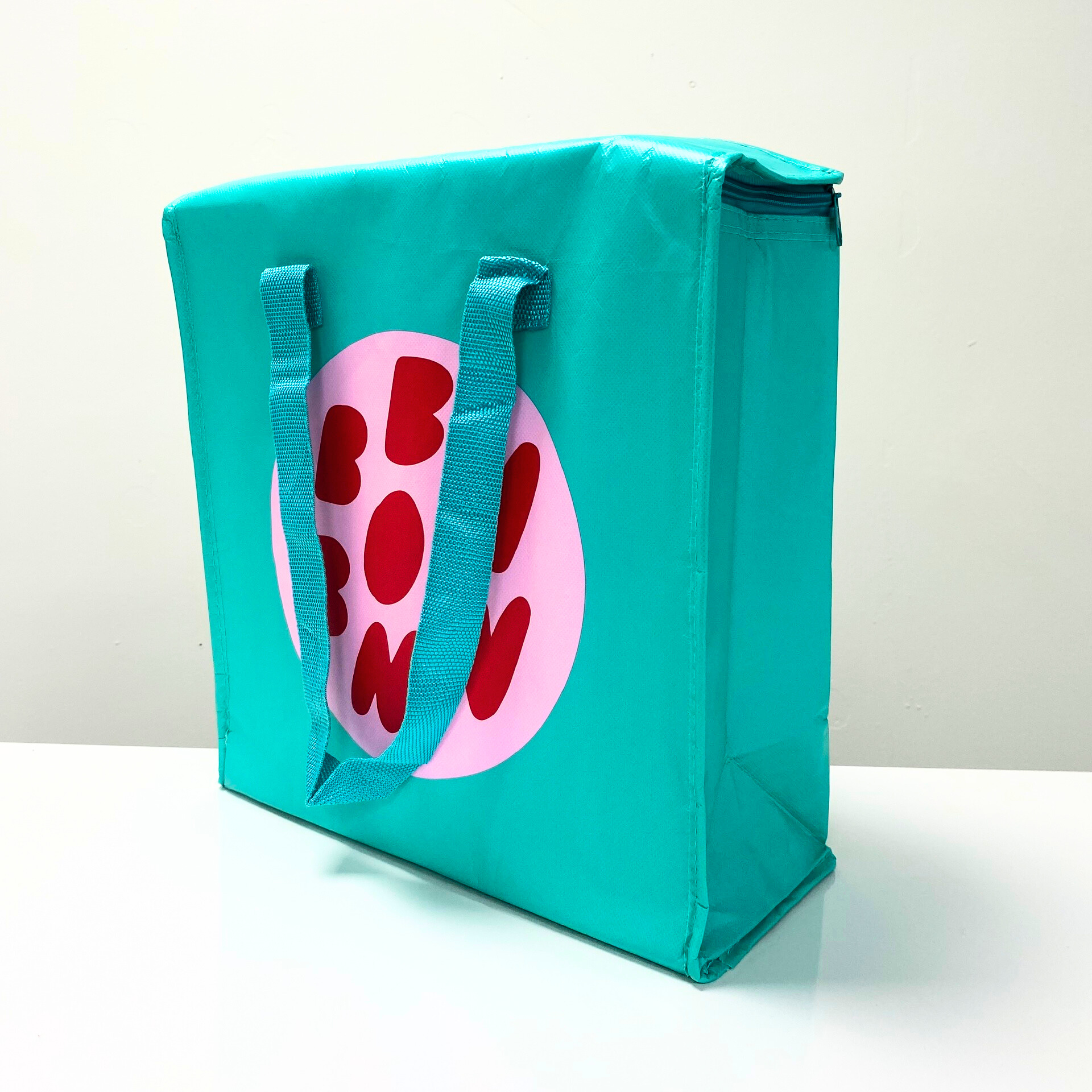
5. Transportation and compliance
Transporting temperature-sensitive medicines requires strict control, since even short exposures outside the recommended range can cause serious damage. Most vaccines and insulin must remain between 2°C and 8°C, while frozen products may require much lower ranges depending on manufacturer guidelines. A single freeze at 0°C or below can permanently destroy potency.
To keep conditions stable, cooler bags are often combined with gel packs or phase change materials (PCMs). For longer journeys, shipments should generally not exceed 8 hours in total unless the manufacturer provides different instructions. Many facilities also use digital data loggers inside the bag to record temperatures throughout the trip and generate compliance reports.
Safety and security are equally important. Medicines should not be transported with incompatible or hazardous goods. For high-value shipments, tamper-evident seals or locks are recommended. Clear labeling with the product name, batch number, and handling instructions ensures smooth inspections and safe delivery at the destination.
Conclusion
In healthcare, product integrity is directly tied to patient safety. Cooler bags are not simply transport tools – they are a lifeline for vaccines, insulin, biological samples, and other sensitive products. By maintaining the correct temperature, protecting against contamination, and ensuring secure handling, they help safeguard both medicines and the people who rely on them.
For hospitals, laboratories, and pharmaceutical companies, investing in medical cooler bags means more than just operational efficiency. It demonstrates a commitment to quality, regulatory compliance, and trust. In the end, a well-maintained cold chain doesn’t just preserve products — it preserves lives.



